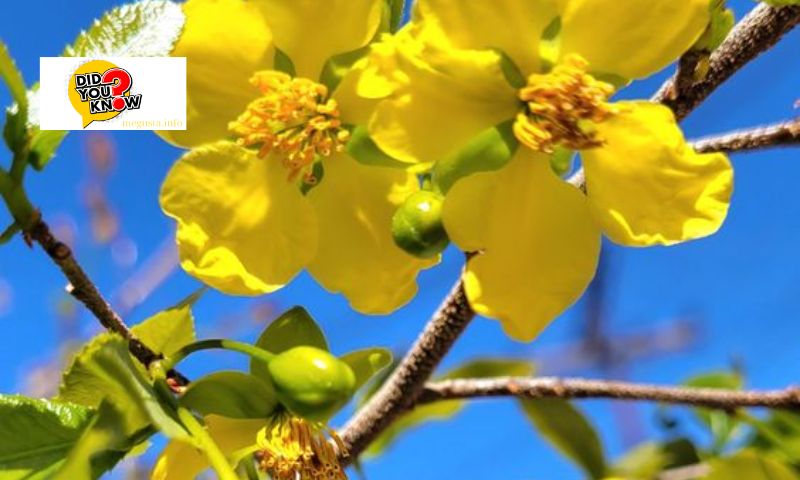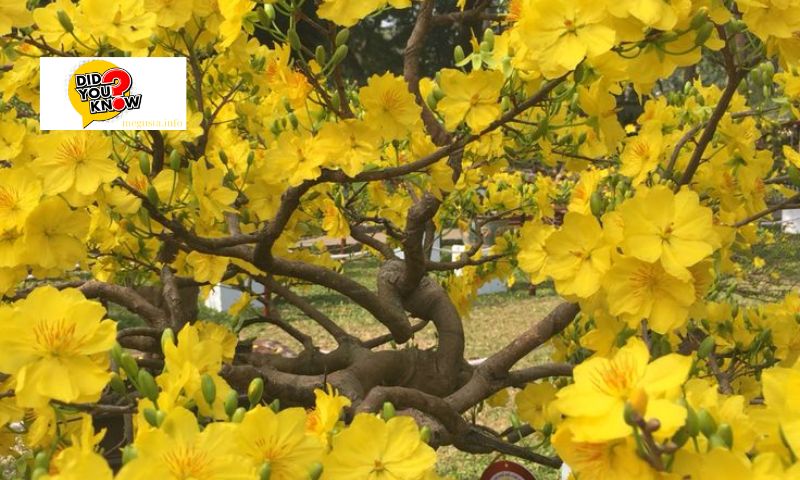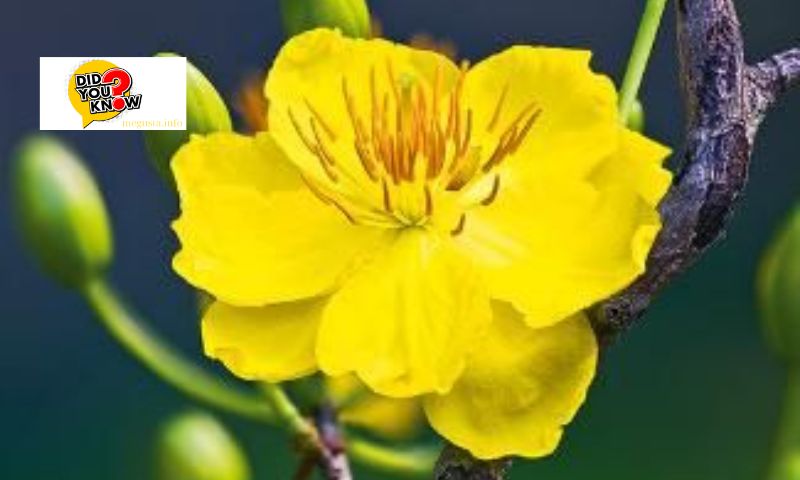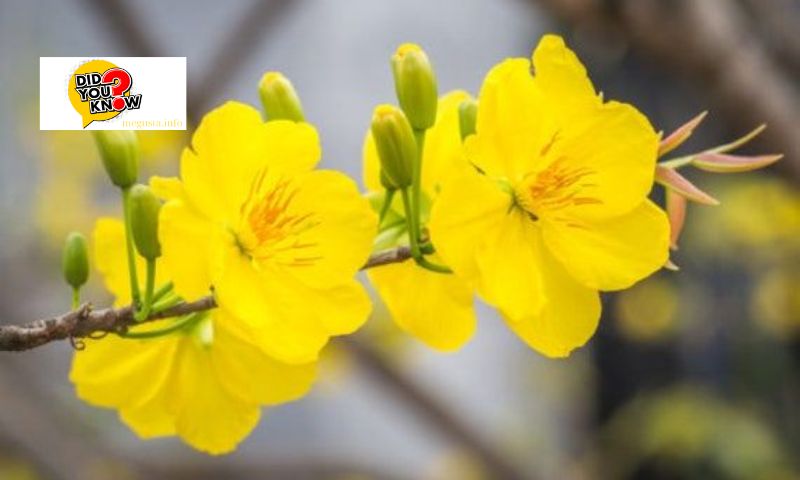Golden apricot blossoms are not only a sight to behold but also a cherished cultural symbol in many regions. Cultivating these delicate flowers requires a combination of proper techniques and care throughout their growth cycle. This comprehensive guide from Megusta.info outlines everything you need to know to successfully cultivate golden apricot blossoms, from understanding their characteristics to harvesting and enjoying their beauty.
Golden apricot blossoms hold significant cultural and aesthetic value, symbolizing prosperity and good fortune in various traditions. Cultivating these blossoms involves a blend of art and science, requiring careful attention to planting, maintenance, and environmental factors. This guide explores essential techniques for cultivating golden apricot blossoms in your garden or orchard.
Understanding Golden Apricot Blossoms

Golden apricot blossoms, scientifically known as Prunus armeniaca, are distinguished by their vibrant golden-yellow petals and fragrant aroma. These blossoms typically bloom in early spring, making them a delightful harbinger of the season. Understanding the characteristics of golden apricot blossoms is crucial for their successful cultivation.
Golden apricot blossoms thrive in temperate climates with well-drained soil and ample sunlight. They are often grown for their ornamental value as well as their potential to produce apricot fruits later in the season. Cultivators should be aware of their susceptibility to certain pests and diseases, necessitating proactive management strategies.
Preparation for Cultivation
Before planting golden apricot blossoms, it’s essential to prepare adequately to ensure their long-term health and productivity. Start by selecting a suitable apricot variety that is well-adapted to your local climate and soil conditions. Consider consulting with local agricultural extension services or nurseries for recommendations.
Ideal soil conditions for apricot trees are loamy and well-drained, with a pH level between 6.0 and 7.5. Conduct a soil test to determine nutrient levels and pH balance, amending the soil as necessary to create optimal growing conditions for apricot trees. Adequate preparation ensures that the trees have a strong foundation for healthy growth and development.
Techniques for Planting

Planting apricot trees should be done in early spring to allow them to establish roots before the onset of hot weather. Follow these steps for successful planting:
- Site Selection: Choose a location with full sun exposure and good air circulation to promote flower and fruit production.
- Digging the Hole: Dig a hole twice as wide and deep as the root ball of the apricot tree. Loosen the soil at the bottom of the hole to encourage root expansion.
- Planting Depth: Place the tree in the hole so that the graft union is 2-3 inches above the soil level. Backfill the hole with amended soil, gently firming it around the roots.
- Watering: Water the newly planted tree thoroughly to settle the soil and provide initial hydration to the roots.
Spacing between apricot trees should be approximately 15 to 20 feet apart to allow for adequate growth and airflow. Proper spacing reduces competition for nutrients and sunlight, promoting overall tree health.
Caring for Golden Apricot Trees
Once planted, golden apricot trees require consistent care to ensure optimal growth and flower production. Proper watering, fertilization, and pruning are essential practices to integrate into your cultivation routine.
- Watering: Golden apricot trees benefit from regular watering, especially during dry periods and hot weather. Provide deep, infrequent waterings to encourage deep root growth and drought tolerance.
- Fertilization: Apply a balanced fertilizer formulated for fruit trees in early spring before new growth begins. Follow manufacturer’s instructions regarding application rates and frequency to avoid over-fertilization, which can harm the tree.
- Pruning: Pruning is crucial for shaping the tree, removing dead or diseased branches, and promoting fruit production. Prune apricot trees during the dormant season to stimulate new growth and maintain an open canopy structure.
Pruning and Maintenance

Regular pruning is essential for maintaining the health and productivity of apricot trees. Here are key considerations for pruning golden apricot trees:
- Dormant Season Pruning: Conduct pruning during late winter or early spring before new growth begins. Remove any dead, damaged, or crossing branches to improve air circulation and sunlight penetration.
- Thinning Out: Thin out crowded branches to promote better fruit development and reduce the risk of disease. Focus on maintaining a balanced canopy that allows light to reach all parts of the tree.
- Training Young Trees: Train young apricot trees by selectively pruning to encourage a strong central leader and well-spaced lateral branches. This early training sets the foundation for a productive and healthy tree in later years.
- Tools and Techniques: Use sharp, clean pruning tools appropriate for the size of branches being cut. Disinfect tools between cuts, especially when dealing with diseased branches, to prevent the spread of pathogens.
Pest and Disease Management
Golden apricot trees are susceptible to various pests and diseases that can affect their growth and productivity. Implementing integrated pest management (IPM) strategies is crucial for minimizing damage and maintaining tree health.
- Common Pests: Aphids, scale insects, and peach twig borers are among the common pests that can infest apricot trees. Monitor trees regularly for signs of pest activity, such as curled leaves or sticky honeydew.
- Disease Management: Apricot trees are susceptible to diseases such as bacterial canker, brown rot, and powdery mildew. Practice good sanitation by removing and disposing of infected plant debris promptly. Apply fungicides preventively during periods of high humidity or as directed by disease monitoring to protect against fungal infections. Choose disease-resistant varieties whenever possible to reduce reliance on chemical treatments.
- Signs of Readiness: Monitor the progression of apricot blossoms from bud formation to full bloom. Harvest flowers when they are fully open and show vibrant yellow coloration. Avoid harvesting buds that have not yet fully developed to allow them to reach their full potential.
- Enjoying Apricot Blossoms: Golden apricot blossoms are not only visually stunning but also have a delicate fragrance that adds charm to gardens and orchards. Use freshly harvested blossoms to adorn dining tables, create floral arrangements, or infuse into teas for a touch of natural elegance.
Conclusion
Cultivating golden apricot blossoms is a rewarding endeavor that combines horticultural knowledge with an appreciation for natural beauty. By understanding the unique characteristics of apricot trees and implementing proper techniques for planting, care, and maintenance, you can create a thriving orchard or garden filled with vibrant blossoms each spring.
Remember to tailor cultivation practices to your specific climate and soil conditions, and stay vigilant against pests and diseases that may affect tree health. With dedication and attention to detail, you can enjoy the spectacle of golden apricot blossoms and perhaps even harvest delicious apricots later in the season.
Whether you are a novice gardener or an experienced arborist, the techniques outlined in this guide provide a solid foundation for successful apricot cultivation. Embrace the seasonal rhythms of growth, bloom, and harvest, and relish the beauty of golden apricot blossoms in your outdoor space.

